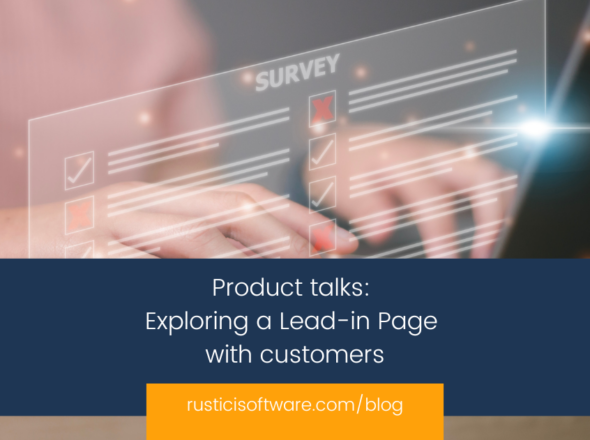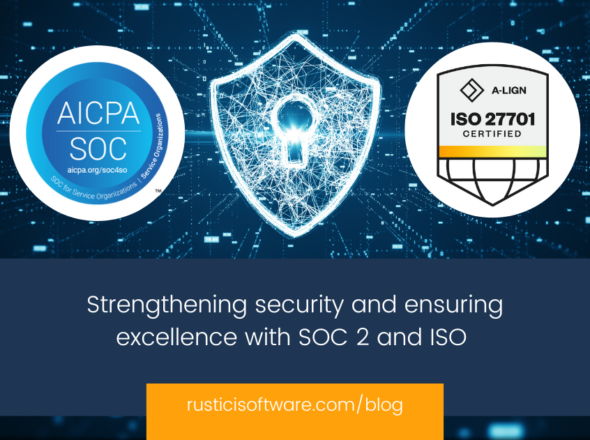A long time ago, I overheard a manger tell someone on their team to “keep it simple, stupid.” My first thought was that it was quite rude, and my second was that they were probably quoting Clark Griswold or something. These four words have become part of the American workplace lexicon, however slightly insulting they may sound. I soon found out that it’s not a Christmas Vacation quip, but a legitimate design principal also referred to as KISS. It is the idea that, more often than not, systems, platforms, and experiences are best when the complex is avoided in favor of the simple.
Because I’d rather not call people stupid, I’ll offer some alternatives that are also commonly used: “Keep it short and simple,” “keep it simple and straightforward,” or “keep it small and simple.” None of these are perfect, but you get the idea. If your job requires you to interact with customers at all or you’ve been a customer or user of a product, this should be important to you. You may have posed the question, “how do we make this easier for the customer/user?” Or perhaps as a frustrated end-user of something you’ve asked, “why isn’t this easier?”
We think about these things a lot in the eLearning software industry. Training people can get really complicated really quickly. If you touch training and development at your organization, you know there is a lot to consider. Complex learning standards, a legion of platforms to deal with, creating meaningful reports on interaction data, user experience considerations… the list goes on. There is certainly a time and a place for a robust eLearning ecosystem, but for many organizations, it can be a bit overkill.
When you’re a lean and agile team working hard to administer training to your organization, you just want things to work and be simple to manage. Our friends at Genius SIS are constantly looking for innovative ways to make things simpler for their customers. Their integrations with some of the most commonly used LMSs in the space have given organizations big and small a way to track students, manage enrollments, and process financials, but they quickly saw an opportunity to give those without an LMS a chance to effectively manage their training efforts.
Enter SCORM Cloud.
SCORM Cloud is a lot of things to a lot of people. Content player, distribution tool, LRS, testing sandbox? Check, check, check, and check.
Lightweight LMS? Here at Rustici, we really struggle to say yes to that, but some of the fundamentals are there. Regardless, the folks at Genius SIS knew enough about SCORM Cloud to know that if a SCORM Cloud integration was available within the Genius SIS platform, they’d open up doors to new customers looking for a system that was turnkey and easy to use.
At Rustici, we deal with some really complex technical problems every day, so we seize any opportunity we get to make things simple for our customers. The icing on the proverbial cake is when our customers get to do the same thing for their end-users. When in doubt, keep it simple.
To learn more about how Genius SIS used the SCORM Cloud API to provide their customers with a turnkey solution, check out the case study.


